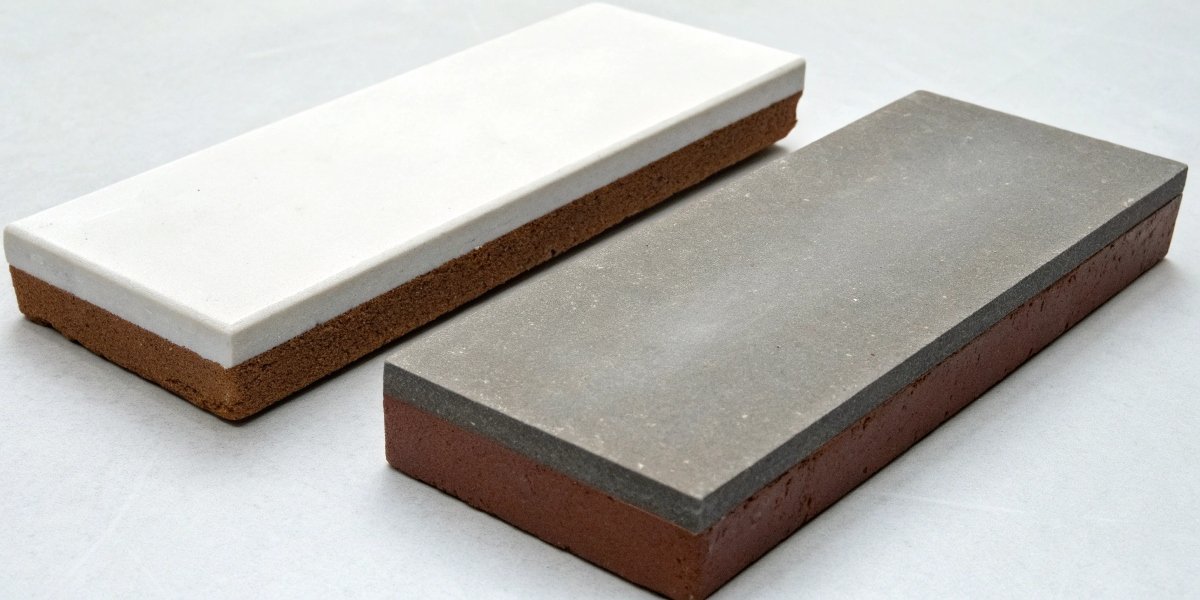
Tired of whetstones that wear out and go uneven? This constant maintenance is messy and leaves your tools dull. Diamond whetstones offer incredible durability for a perfect edge every time.
A 400/1000 grit diamond whetstone is exceptionally tough. With a hardness around 8000HV, it is about 15 times harder than regular stones. It stays flat, cuts fast, and can sharpen the hardest steels. With proper care, its lifespan can exceed 10 years.

The durability of these stones1 is truly impressive. We have been making abrasives for nearly three decades, and the move to diamond technology was a game-changer for us and our clients. To really understand their value, we need to look closer at what each grit level can do for you. Let’s break down how these grits work and why they are essential for any serious tool maintenance.
Is a 1000 grit diamond stone enough?
Wondering if one fine-grit stone can handle all your needs? Relying on just 1000 grit might mean slow, frustrating repairs for damaged edges. But a 1000 grit stone is perfect for finishing.
A 1000 grit diamond stone is excellent for regular maintenance and achieving a sharp, polished edge. However, it’s not enough for repairing significant chips or re-profiling a very dull blade. For that initial heavy work, you need a coarser grit to start.

A 1000 grit stone is a finisher, not a workhorse for repairs. Think of it like using only fine-grit sandpaper on a rough piece of wood. You will eventually make it smooth, but it will take a very long time. The same logic applies to sharpening. I remember a client, a high-end cabinet maker, who only used a 1000 grit stone. His chisels were sharp for daily touch-ups. But when one was accidentally dropped and chipped, the 1000 grit stone took him hours to fix the edge.
The Role of 1000 Grit in a Sharpening System
We sent him one of our RL brand 400/1000 combination stones. He later told me it turned a two-hour job into a ten-minute fix. The 1000 grit stone is essential for creating that final, razor-sharp edge. But it needs a smooth, well-formed bevel to work on efficiently. The coarser 400 grit does the heavy lifting, and the 1000 grit provides the refinement. For professionals who value time and precision, having both is not a luxury, it’s a necessity.
Is 400 grit whetstone good?
Is a coarse 400 grit stone too aggressive for your tools? You might worry about removing too much metal from your valuable blades. A 400 grit diamond stone is actually the perfect tool for fast repairs.
Yes, a 400 grit whetstone is very good, especially for specific tasks. It excels at quickly repairing chipped edges, establishing a new bevel, and sharpening very dull tools. It removes material efficiently, saving you significant time and effort during initial sharpening stages.

The power of a 400 grit diamond stone is its efficiency. In our factory, we deal with tough materials every day, and our cutting tools take a beating. We don’t have time for slow sharpening. We use a 400 grit diamond surface to quickly restore the primary bevel on our tools. In our tests, a dull knife can get a working edge in under a minute. It is aggressive, but that is what makes it so effective. Some people worry about removing too much metal, but it’s about control and purpose. You don’t use it for daily touch-ups, just like you don’t use a sledgehammer to hang a picture. It is the right tool for the heavy work.
When to Use a 400 Grit Stone
This coarse grit sets the stage for finer grits, like 1000, to complete the job. Using it correctly is key to efficient sharpening.
| Use 400 Grit For: | Do Not Use 400 Grit For: |
|---|---|
| Repairing chips and nicks | Daily or weekly touch-ups |
| Changing a blade’s angle | Polishing an already sharp edge |
| Sharpening extremely dull tools | Honing delicate or thin blades |
| Flattening the back of chisels | Final finishing before use |
Is 1000 grit rough?
You hear "1000 grit" and might think it sounds coarse. This could make you hesitate to use it on your fine knives or precision tools. Actually, in the world of diamond abrasives, 1000 grit is a fine finishing grit.
No, 1000 grit is not considered rough. In the sharpening world, it falls into the "fine" category. It’s used for honing and refining an edge that has already been shaped by a coarser stone. It leaves a sharp, effective edge perfect for most cutting tasks.

It’s helpful to put grit numbers in context. The number refers to the number of particles per unit of area, so a higher number means finer particles. For sharpening stones2, anything under 600 grit is coarse, used for repairs. Grits from 800 to 2000 are fine, used for honing. Anything over 3000 is for polishing. A 1000 grit diamond particle is only about 15 microns in size.
Understanding Grit Numbers
Think of it like roads. A 400 grit stone is a gravel road—it gets you there fast, but the ride is bumpy. A 1000 grit stone is like a paved city street—much smoother. A 3000+ grit stone is a racetrack surface—perfectly polished. For a kitchen knife, that 1000 grit "paved road" gives a great edge that still has enough bite, or micro-serrations, to slice a tomato skin easily. It is often the sweet spot between aggressive material removal and a mirror-polished edge that can sometimes be less practical for daily use.
Are diamond whetstones better?
You’re used to traditional water or oil stones that need soaking and flattening. This maintenance is time-consuming, messy, and can be frustrating. Diamond whetstones are faster, cleaner, and stay flat, making them better for many users.
For speed, durability, and convenience, diamond whetstones are often better. They cut much faster than other stones, work on the hardest modern steels, and never need flattening. They can be used dry or with water, making them cleaner and more efficient for professionals.

For nearly 30 years, we’ve manufactured all types of abrasives here in Henan Province. We started with conventional corundum and silicon carbide, the same materials in traditional whetstones. But as tool steels evolved and got harder, our customers needed something better. That is why we invested heavily in our RL brand diamond abrasive technology3. The key advantage is that the diamond particles are electroplated onto a steel base, so the stone always remains perfectly flat. Traditional stones wear down with use, creating a "dished" surface that must be flattened. This maintenance is completely eliminated with a diamond stone.
Diamond vs. Traditional Stones: A Head-to-Head Comparison
A diamond plate is an investment in efficiency and reliability. The initial cost is higher, but because they last for years and cut so fast, the long-term value is excellent.
| Feature | Diamond Whetstone | Traditional Water/Oil Stone |
|---|---|---|
| Speed | Fastest cutting action | Slower, requires more passes |
| Durability | Extremely durable, lasts 10+ years | Wears down with use, can break |
| Maintenance | Wipe clean; never needs flattening | Needs soaking and regular flattening |
| Versatility | Sharpens all materials (steel, ceramic) | Struggles with very hard steels |
| Cost | Higher initial cost, low lifetime cost | Lower initial cost, recurring costs |
Conclusion
A 400/1000 grit diamond whetstone provides a tough, efficient, and long-lasting sharpening system. It expertly combines rapid repair with fine honing to create a perfect edge on any tool.
Written by
leeon
You may also be interested in:
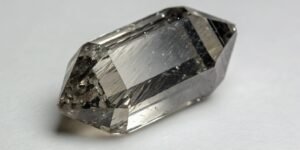
What's the Use of a Silicon Carbide?
Finding a material that is hard, durable, and heat-resistant is a constant challenge. Using the wrong one leads to tool failure and high costs. Silicon
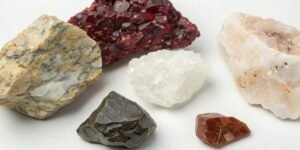
What are the primary abrasive minerals?
Are you struggling to choose the right abrasive for your job? Making the wrong choice can ruin your workpiece, costing you time and money. Understanding
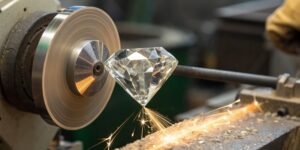
Why is a diamond used as an abrasive?
Struggling to cut tough materials effectively? Your current tools wear out too fast, causing delays and poor finishes. Diamond’s unmatched hardness offers the ultimate solution
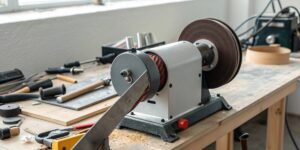
What belt grinder should a (beginner) knife maker own?
Starting knife making is exciting, but choosing the right grinder is overwhelming. The wrong one ruins projects and wastes money. This guide simplifies picking the
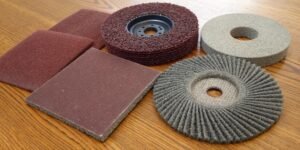
What are abrasives?
Choosing the wrong abrasive leads to poor results and wasted material. This hurts your production timeline and bottom line. Understanding abrasives is the simple solution
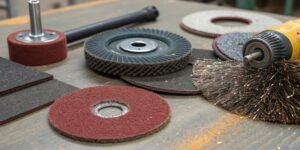
What are the uses of abrasives? What are some examples?
Struggling with tough materials? The wrong abrasive tool can ruin your project and waste money. Abrasives offer the power to shape, finish, and polish almost
